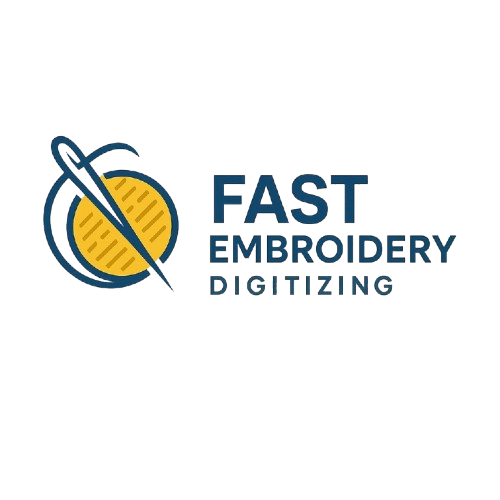
Embroidery today combines creativity and digital precision in ways never before possible. The process known as Vector to Embroidery plays a crucial role in making this happen. It converts clean, digital vector artwork into detailed stitch patterns that embroidery machines can read and reproduce. The outcome is beautifully stitched designs that retain the accuracy, depth, and character of the original art.
Understanding the Vector to Embroidery Workflow
Modern embroidery relies on a digital foundation. The transition from design to fabric requires structured steps, and Vector to Embroidery sits at the center of that process.
What Makes Vector Artwork Different
Vector graphics are made from mathematical paths instead of pixels. They can be scaled to any size without losing sharpness. Formats like AI, EPS, PDF, and SVG ensure that outlines and shapes remain crisp. This clarity allows digitizers to interpret every part of the design precisely when mapping stitches for embroidery.
Why the Conversion Step Is Vital
Embroidery machines cannot process standard image formats like JPG or PNG. They need stitch-based instructions that define where the needle should move, how long each stitch should be, and what sequence to follow. Vector to Embroidery conversion transforms flat artwork into those detailed instructions, preserving the integrity of the design on any fabric.
From Vector Artwork to Embroidery-Ready Files
Converting a vector file into a machine-readable embroidery format involves both creativity and technical expertise. Each step requires balance between the visual aspect of the artwork and the physical limitations of stitching.
The Digitizing Process Explained
Digitizing software such as Wilcom or Pulse is used to assign stitch types, angles, and densities to different parts of the vector design. Every color block and contour is carefully programmed so that the machine can follow it accurately. The process turns simple lines into flowing satin stitches, fills, and running outlines that form the structure of the embroidered piece.
Adjusting for Fabric and Design Detail
During the Vector to Embroidery stage, the digitizer must consider the type of fabric, thread weight, and scale of the design. Thicker materials require looser stitch densities to prevent puckering, while finer fabrics need tighter, more delicate stitching. Small lettering or complex details may be simplified slightly to maintain readability and quality once stitched.
Achieving Quality and Consistency in Every Stitch
A well-executed Vector to Embroidery conversion ensures smooth production and a professional finish. Quality control at this stage directly affects how the final product appears and feels.
Testing Before Full Production
After digitizing, a test run or “sew-out” is performed on similar material. This trial allows the digitizer to check for thread tension, density, and alignment issues. Any inconsistencies can be corrected before large-scale embroidery begins, saving time and materials later.
Importance of Stitch Type and Direction
Different areas of a design require specific stitch methods. Satin stitches add shine to outlines and lettering, fill stitches cover broad areas, and run stitches add subtle shading or fine detail. Stitch direction is equally important — it influences how light reflects off the embroidery and enhances the overall texture. Precise planning during the Vector to Embroidery process gives designs a smooth, dimensional look.
Reusability and Brand Consistency
Once a design has been properly digitized, it can be reused repeatedly without loss of quality. This ensures that every logo, patch, or monogram looks identical across garments and production runs. Consistency builds professional credibility and strengthens brand identity.
Where Technology Meets Artistry
The art of Vector to Embroidery is more than technical file conversion — it’s the perfect blend of digital design and human craftsmanship. It requires an understanding of both machine logic and visual balance. When executed correctly, the final embroidery mirrors the original vector art with precision, texture, and depth.
From corporate logos and sports emblems to creative artwork and fashion detailing, this process ensures every design is translated faithfully into thread. The result is durable, elegant embroidery that highlights both modern technology and timeless artistry.

